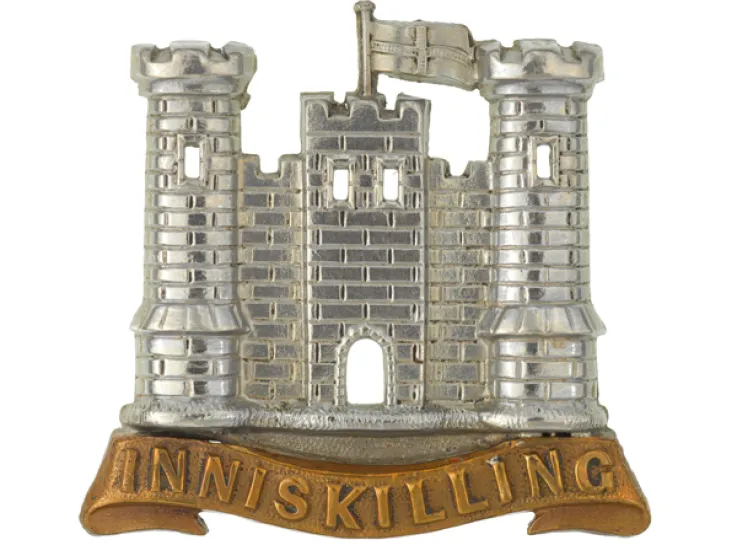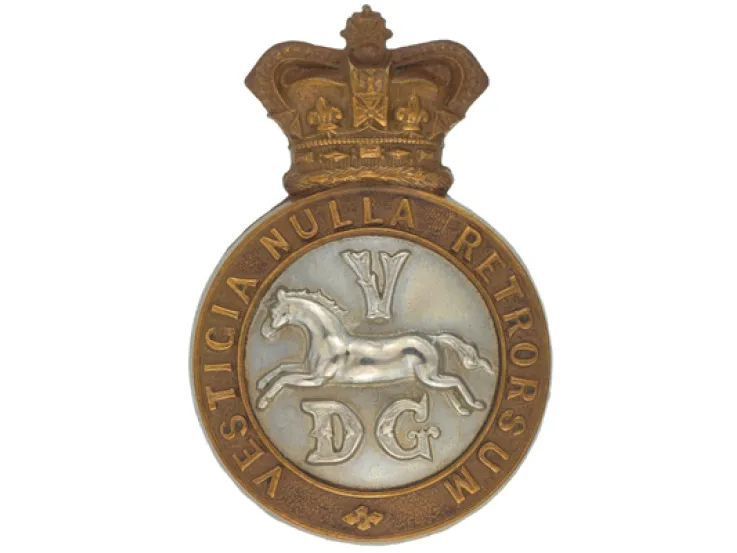Origins
The Household Cavalry is made up of two regiments - the Household Cavalry Regiment (HCR) and the Household Cavalry Mounted Regiment (HCMR).
It was formed in 1992 by linking together the British Army’s two guards cavalry units, The Life Guards and The Blues and Royals. These had previously served together in temporary wartime formations like the Household Cavalry Composite Regiment.
Neither the HCR or HCMR has traditions or uniforms of its own. Instead, The Life Guards and The Blues and Royals retain their own regimental uniforms, traditions and colonels.
HCR
The Household Cavalry Regiment, based at Ward Barracks in Bulford, is the corps’s operational wing of four squadrons, two from each of the guards cavalry regiments. It fights as part of the Royal Armoured Corps. However, in terms of precedence, The Household Cavalry is a corps in its own right.
The regiment had squadrons on duty with the United Nations in Bosnia in 1994-95 and with Nato forces in Kosovo in 1999. Later, it regularly deployed to Iraq (2003-11) during Operation Telic, some squadrons with 16 Air Assault Brigade and others with 1 Mechanised Brigade.
In 2006, a squadron also fought in Helmand in Afghanistan (2001-13). The regiment returned there four times between 2007 and 2013.
HCMR
The Household Cavalry Mounted Regiment carries out ceremonial duties from Hyde Park Barracks in London. It consists of one squadron from The Life Guards, one from The Blues and Royals and one joint Headquarters Squadron.
Members of the regiment take part in many of the great state ceremonial occasions, including Trooping the Colour and the State Opening of Parliament. They also stand sentry at Horse Guards, once the official entrance to St James's Palace and Whitehall Palace.
Regimental museums
The National Army Museum works with a network of Regimental and Corps Museums across the UK to help preserve and share the history and traditions of the Army and its soldiers.
Discover more about The Household Cavalry by visiting The Household Cavalry Museum in London.











